
Amos Baylor Audio Transcript | Digital Traditions
Document
The document includes transcripts for Amos Baylor's audio.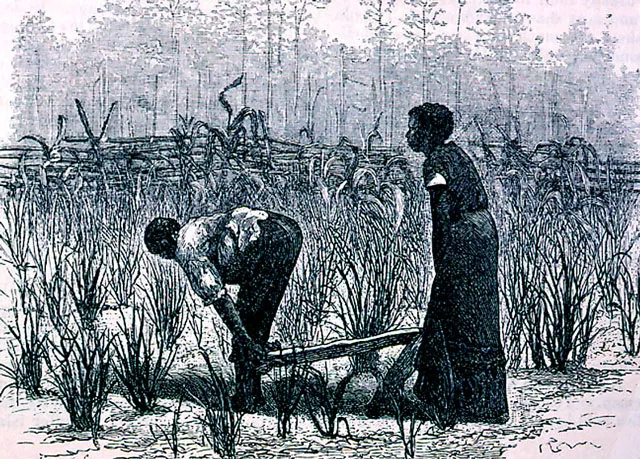

Document
The document includes transcripts for Amos Baylor's audio.
Audio
Today, a private board of trustees runs the SC State Fair. Walter Edgar recalls his younger years, and remembers the “girly shows” at the SC State Fair, which discontinued around 1975. The last of the...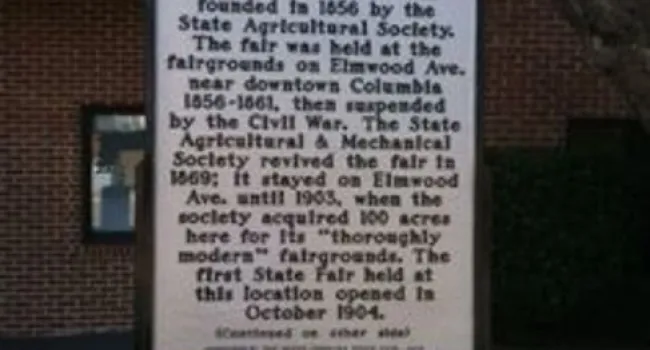
Audio
In this segment, Dr. Stroup discusses the development of the “modern” State Fair, starting in 1869. Starting in 1869, we see the growth of fairs showcasing both agricultural and industrial aspects...
Audio
In the early 20th century, the Carolina Ball was still a prominent event during the State Fair. There was a State Fair every year since 1869, except for 1918, because of the Influenza Epidemic...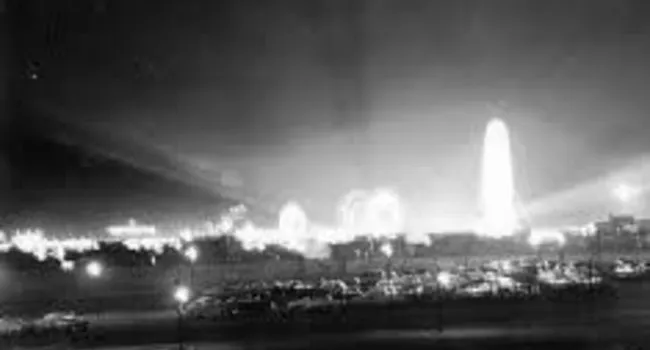
Audio
With the integration of Jim Crow laws in the 1890’s, there was the integration of the “Colored State Fair.” Dr. Stroup discusses the history of the “Colored State Fairs”, and how different factions...
Audio
Dr. Rodger Stroup, retired Director of the South Carolina Department of Archives and History, is taking a deep dive into the history of the South Carolina State Fair, doing research for an upcoming...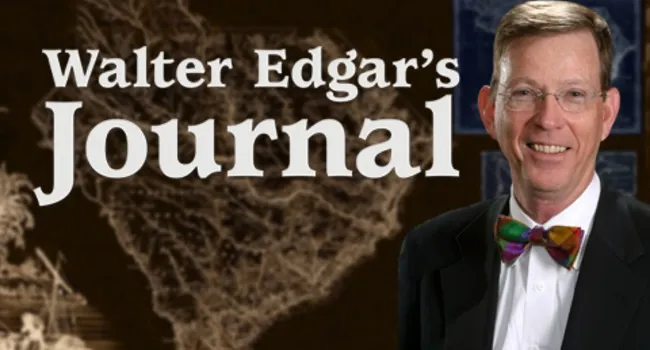
Audio
The fairs of yester-year were far different from the fairs we know today. Dr. Stroup discusses what fairs were like before The Civil War. In this time period, fairs were held locally, and each county...
Photo
"A good crop of Kudzu," grown by a Pickens County farmer, is proudly displayed in this July 1939, photo by L.W. Riley for the Department of Agriculture. Courtesy of the Clemson University Libraries.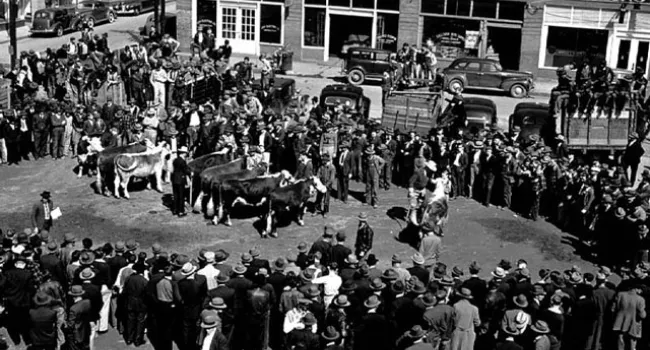
Photo
Although Anderson itself is primarily an industrial city, it is the county seat of an important agricultural county. Cattle are shown being judged at the "Fat Cattle Show," March 25, 1941, at McGees...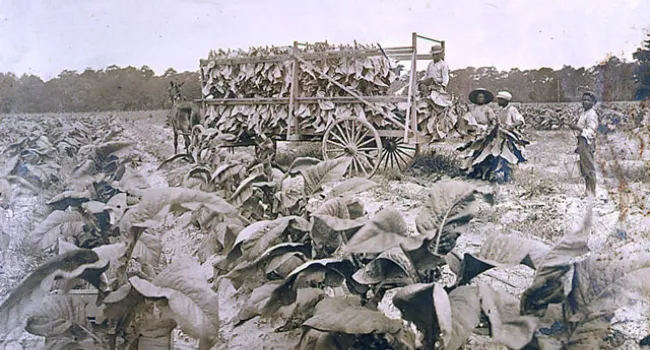
Photo
In this somewhat unusual photo around 1900, harvested tobacco is being hung on racks immediately in the field before being taken by mule-drawn wagon to the tobacco barn, where the stringing process...